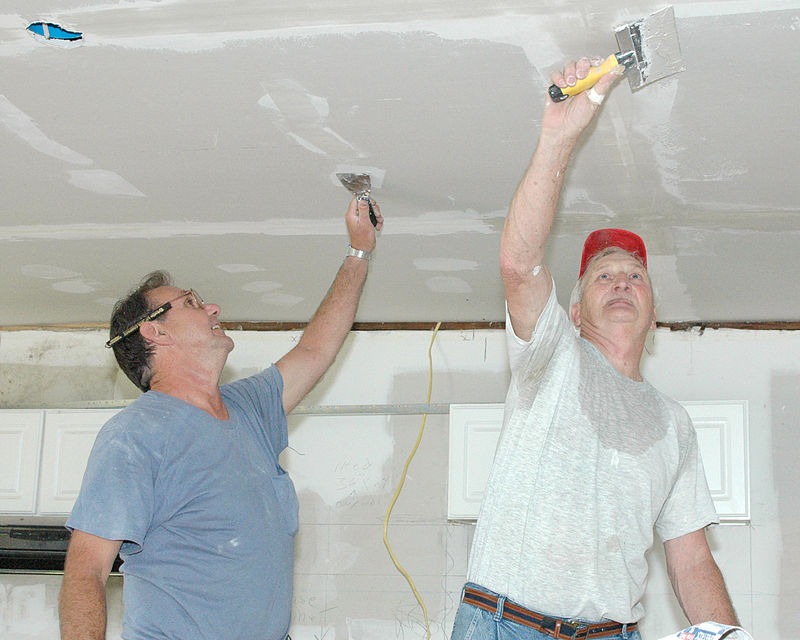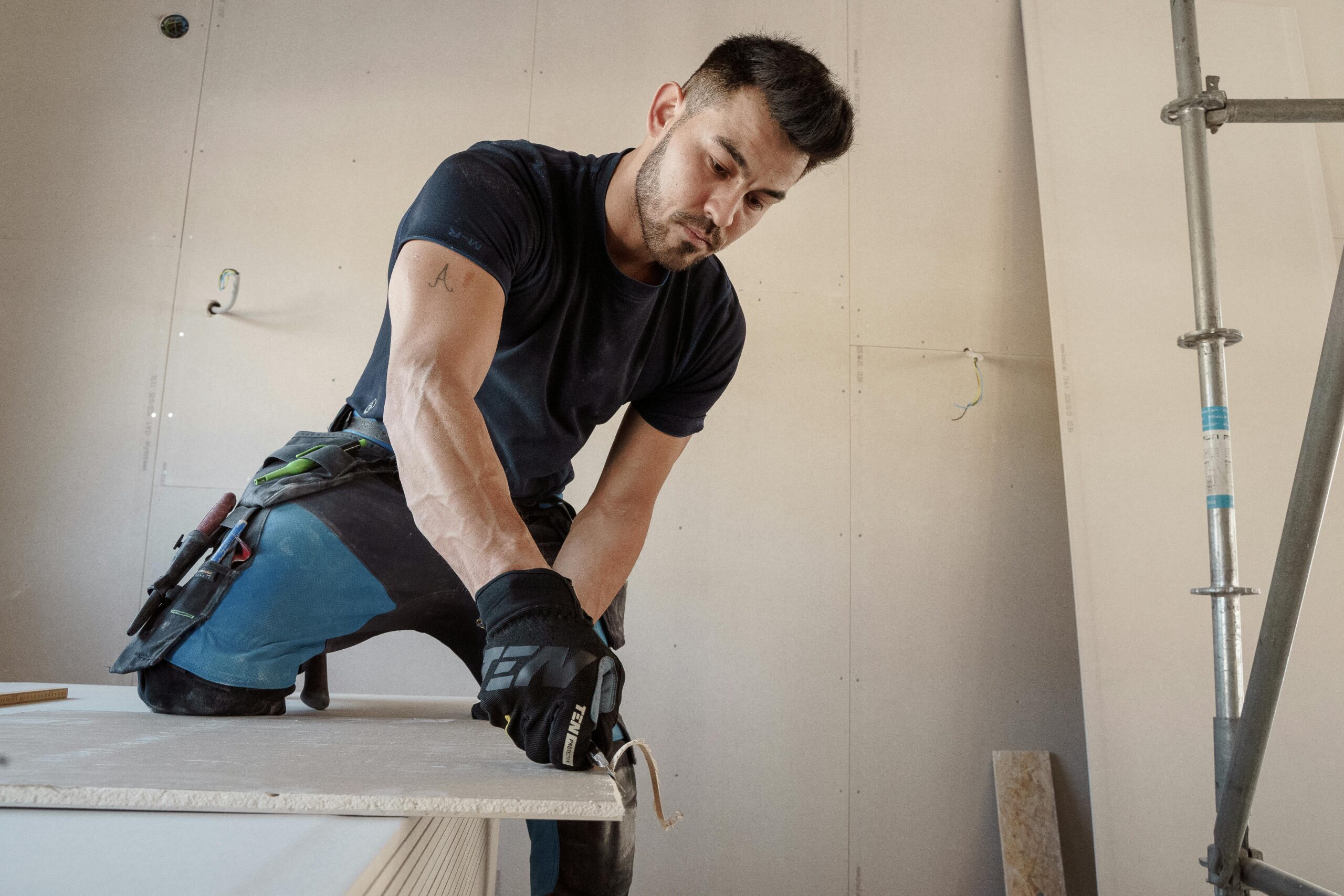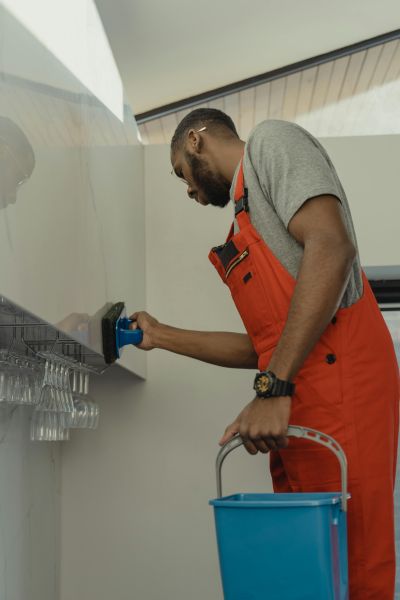As the saying goes, an ounce of prevention is worth a pound of cure, especially when it comes to combating mold in your home. You’re likely aware that damp areas are breeding grounds for mold, but did you know that choosing the right drywall can make a significant difference? Mold-resistant drywall options are designed with treated face paper and moisture-resistant cores to keep mold at bay, offering you peace of mind regarding cost, installation, and effectiveness. But how do these options stack up against traditional drywall regarding cost, installation, and effectiveness?
Understanding Mold-Resistant Drywall
What exactly makes mold-resistant drywall a smart choice for areas in your home prone to moisture? At its core, this innovative drywall features a gypsum core and is specifically designed with a vital non-organic facing material. This important combination prevents mold spores from finding a hospitable surface to attach to and proliferate. Unlike traditional drywall that uses paper, which can be a breeding ground for mold when exposed to moisture, mold-resistant drywall employs materials like fiberglass and a wax coating. These materials are key players in the fight against mold, offering a robust barrier that mold spores can’t penetrate.
The areas in your home that are most susceptible to humidity, such as bathrooms, greatly benefit from this type of drywall. By installing it, you’re not just preventing mold growth; you’re actively creating an environment where mold can’t survive. This is because the absence of organic material in the drywall’s construction removes the food source mold would typically thrive on. Despite being 30-50% more expensive than standard drywall, the resistance it offers against mold makes it a wise investment for the health of your home and its occupants.
Types and Technologies
Now that you understand the importance of mold-resistant drywall, let’s explore the various types and technologies that make these products so effective against mold growth. One standout is the Sheetrock® Brand Mold Tough® Panels, introduced in 2007, which notably inhibit mold growth on their surface paper and boast moisture resistance within the gypsum core. This innovation represents a significant leap in the battle against mold, especially in areas that experience high humidity.
Another key player is CertainTeed’s M2Tech® drywall, equipped with a treated face paper and a moisture-resistant core. It has achieved top scores for mold resistance, ensuring that moisture from penetrating the wallboard is significantly reduced. This technology is crucial for maintaining a mold-resistant barrier in wet areas like bathrooms and kitchens.
Additionally, the industry measures these products’ resistance to mold growth using standards like ASTM D3273. However, crucial to mention that while lab tests offer insights, they may not fully represent real-world performance. Despite this, the ongoing advancements in materials, including the use of fiberglass mesh and other proprietary technologies, continue to enhance the moisture resistance and resistance to mold of these drywall options, effectively keeping your spaces safer and drier.
Installation Guidelines
While the installation process for mold-resistant drywall mirrors that of standard drywall, there are specific guidelines you should follow to maximize its mold-fighting capabilities. Achieving maximum performance, especially in moisture-prone areas like kitchens, bathrooms, and basements, depends on adhering to these best practices.
Here are key steps to guarantee proper installation and long-term protection against mold:
- Measure, score, and cut the drywall to fit precisely, minimizing gaps where moisture can enter.
- Secure the drywall to bare studs using screws or nails, making sure a tight fit that prevents moisture from seeping behind the panels.
- Use fiberglass mesh tape on joints to prevent mold attachment and enhance the overall durability of your walls.
- Opt for paper tape in corners and between walls and ceilings, as it offers added durability in these critical areas.
- Guarantee all seams and edges are properly sealed to create a continuous barrier against moisture infiltration.
Pros and Cons Analysis
Considering the numerous benefits and a few drawbacks, mold-resistant drywall is an essential consideration for damp-prone areas of your home. This type of drywall offers good moisture and mold resistance, primarily due to its gypsum core and fiberglass mesh, which replace the thicker paper and organic material found in standard drywall. These components reduce the risk of mold and mildew growth by limiting the materials that these fungi can feed on, addressing potential health concerns related to mold exposure.
The pros are compelling, including easy installation and repair, similar to standard drywall, but with the added advantage of enhanced protection against mold growth. Even though it comes at a higher cost, the benefits of mold resistance make it a worthwhile investment for areas susceptible to moisture and mold.
However, while manufacturers guarantee resistance to mold growth, they do not promise complete immunity. Mold can still grow in extreme conditions, and regular maintenance is necessary to prevent issues. Despite these cons, the overall value of mold-resistant drywall in maintaining a healthier indoor environment makes it a strong option for your home.
Maintenance and Care
To maintain the health benefits and functionality of mold-resistant drywall in your home, regular maintenance and care are crucial. Even though mold-resistant drywall is designed with features like fiberglass mesh to safeguard against mold spores, it can’t do all the work on its own. By taking proactive steps, you can guarantee your drywall remains effective against mold growth.
Consider these essential maintenance tips:
- Regular Dusting: Keep surfaces free of dust to prevent mold spores from finding a home. Using a microfiber cloth can capture dust without damaging the drywall’s surface.
- Inspect for Leaks: Regularly check around your home for leaks, especially near plumbing fixtures. Address leaks immediately to prevent moisture from compromising your drywall.
- Ensure Proper Ventilation: Install exhaust fans or open windows to reduce moisture levels in high-humidity areas, like bathrooms and kitchens.
- Periodic Inspections: Look out for any signs of moisture or damage on your drywall. Early detection can prevent extensive mold growth.
- Follow Manufacturer Guidelines: Adhere to the care and maintenance instructions provided by the drywall manufacturer to secure its longevity and effectiveness.
Conclusion
To sum up, investing in mold-resistant drywall is a smart move for keeping your home healthy, especially in damp areas. These innovative solutions, with their moisture-fighting cores and treated surfaces, offer a robust defense against mold growth. Remember, proper installation is key to maximizing their benefits. While they may come with a higher upfront cost, the long-term savings on maintenance and health are invaluable. So, make sure to care for and maintain your drywall to make a mold-free, breathable living space.




